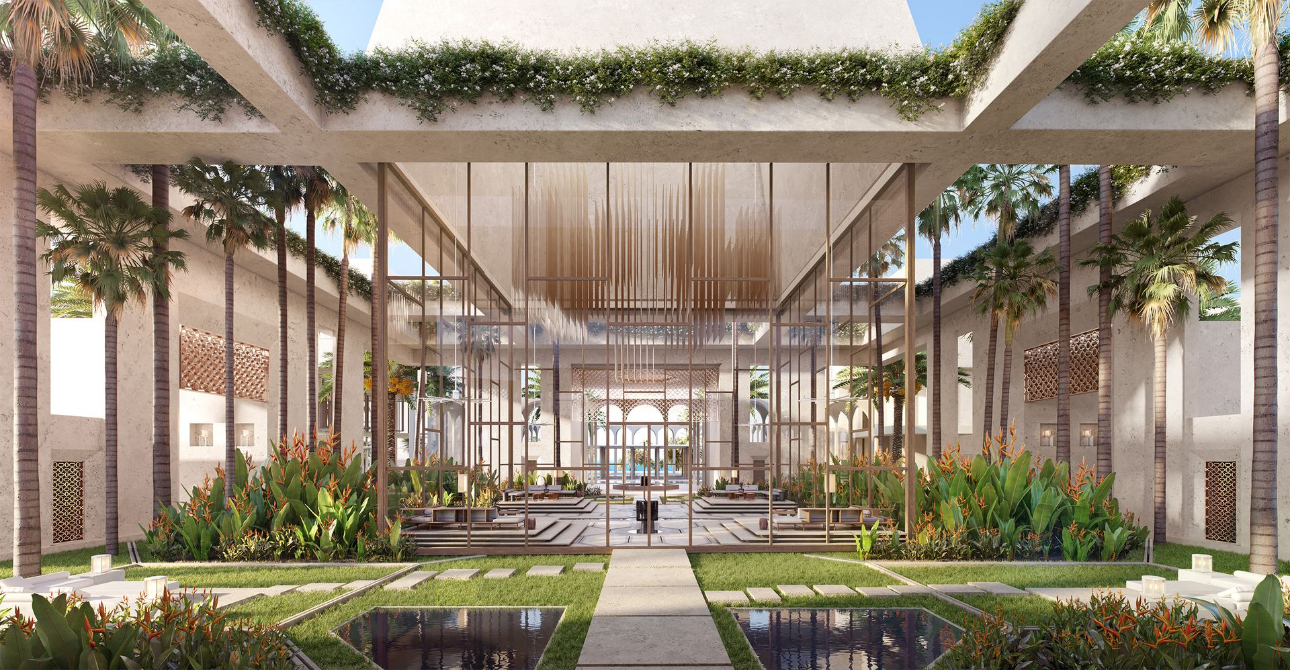From Doha to Diriyah, GCC hospitality is being redefined through precision contracting, adaptive renovation, and wellness-focused infrastructure — designed not only for guests, but for long-term operational resilience.
➤ Discover our hospitality fit-out capabilities — from resorts to branded residences.
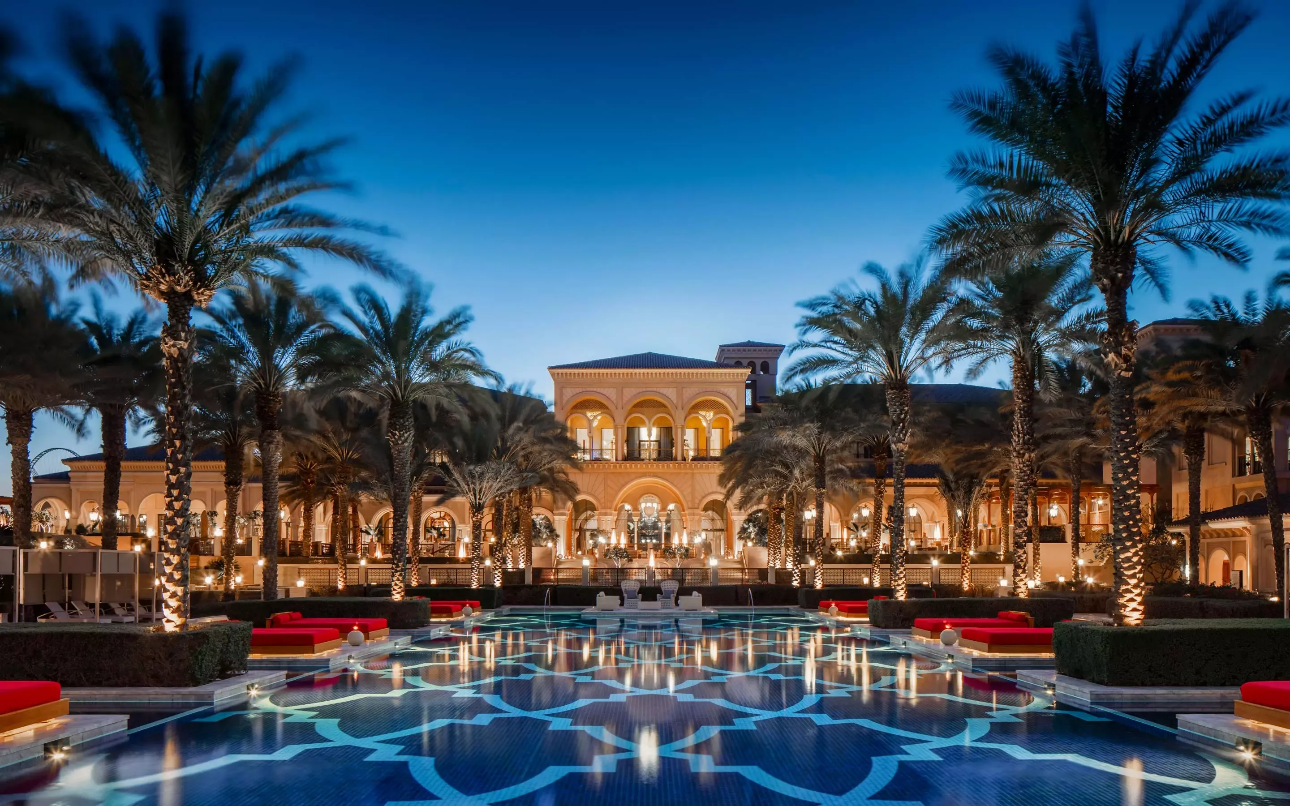
1. Renovation as Strategic Realignment
In the post-pandemic era, renovation in the Gulf has become a lever for functional repositioning. Groups like Jumeirah, Katara Hospitality, and Minor Hotels are investing in targeted refurbishments aligned with new guest profiles — wellness seekers, remote executives, multigenerational families.
In Doha, Mandarin Oriental has reconfigured executive floors with programmable atmospheres and upgraded HVAC systems for enhanced energy performance. In Dubai, One&Only The Palm replaced legacy MEP systems with modular, serviceable alternatives to meet future regulatory standards.
According to Colliers MENA, over $4 billion in luxury hotel renovations and adaptive reuse is forecast across the GCC from 2024–2026, with a shift in focus from visual refresh to lifecycle modeling and asset resilience.
2. Coordinated Execution: Integration over Self-Performance
While some Saudi giga-projects are piloting self-perform construction, top-tier contractors in the UAE and Qatar emphasize precision through coordinated subcontractor ecosystems. For complex projects like Atlantis The Royal or Six Senses Southern Dunes, delivery depends on aligning acoustic consultants, millwork specialists, and FF&E integrators — not on in-house concrete work.
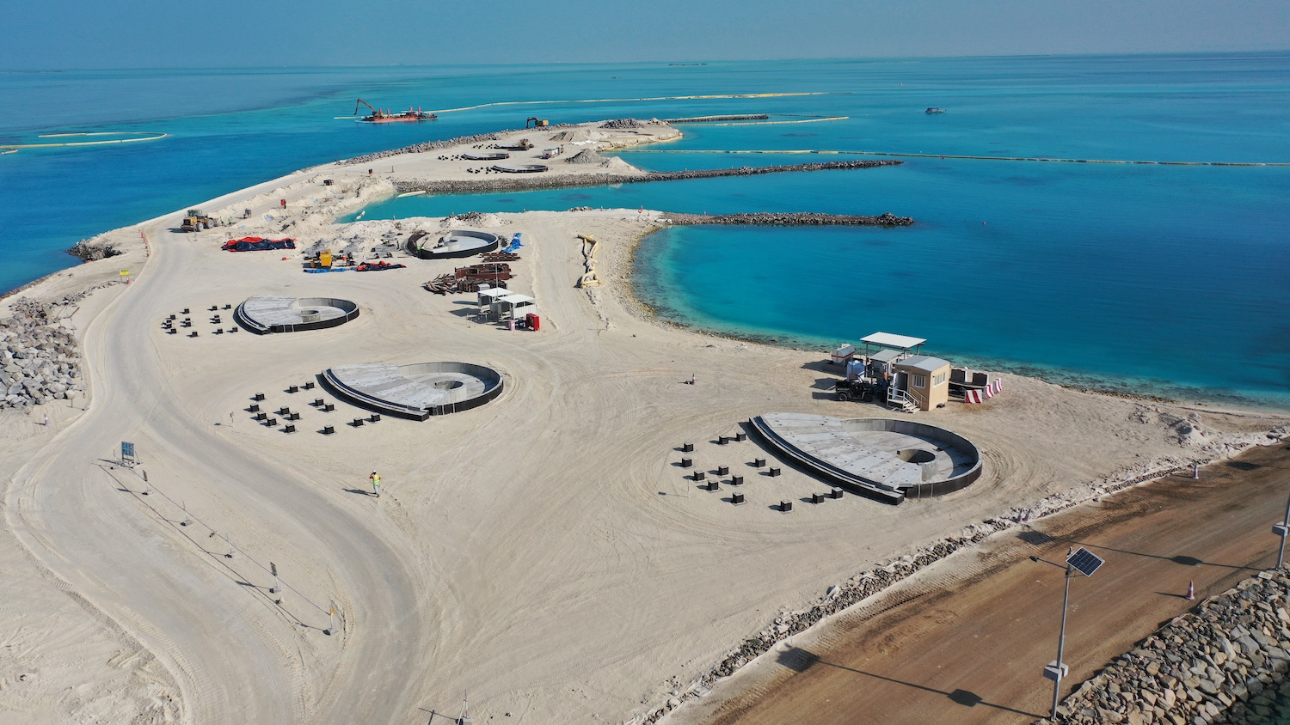
3. Regenerative Systems in Desert Hospitality
Sustainability has evolved into regenerative strategy in desert resorts. Projects like The Red Sea’s Sheybarah Island Villas are fabricated offsite (Sharjah), transported by sea, and installed with precision using floating cranes. Their circular approach includes:
- Photovoltaic facades
- Passive cooling geometries
- Greywater irrigation systems
- Local aggregates and bio-based mortars
In Qatar, Zulal Wellness Resort uses traditional wind towers, evaporative cooling courtyards, and thick thermal mass walls — combining regional heritage with low-impact performance.
These strategies align with regional shifts toward circular construction in the GCC — a model now supported by frameworks like the UAE’s Net Zero 2050 initiative and Saudi Arabia’s Vision 2030 environmental mandates.
➤ Learn more about our sustainable interior solutions for hotels and resorts.
4. Integrated Wellness Infrastructure
Projects like Clinique La Prairie at AMAALA and Lanserhof at The Retreat Dubai have set a new standard for clinical-grade wellness in hospitality. These resorts feature:
- Hyperbaric oxygen therapy
- Cryotherapy chambers (-140°C)
- In-room IV therapy infrastructure
- Shielded EMF-free bedrooms
- AI-enabled sleep diagnostics
Such systems require early coordination at the shell/core stage: slab loading, HVAC zoning, acoustic integrity, and medical-grade MEP routing all fall within the contractor’s remit.
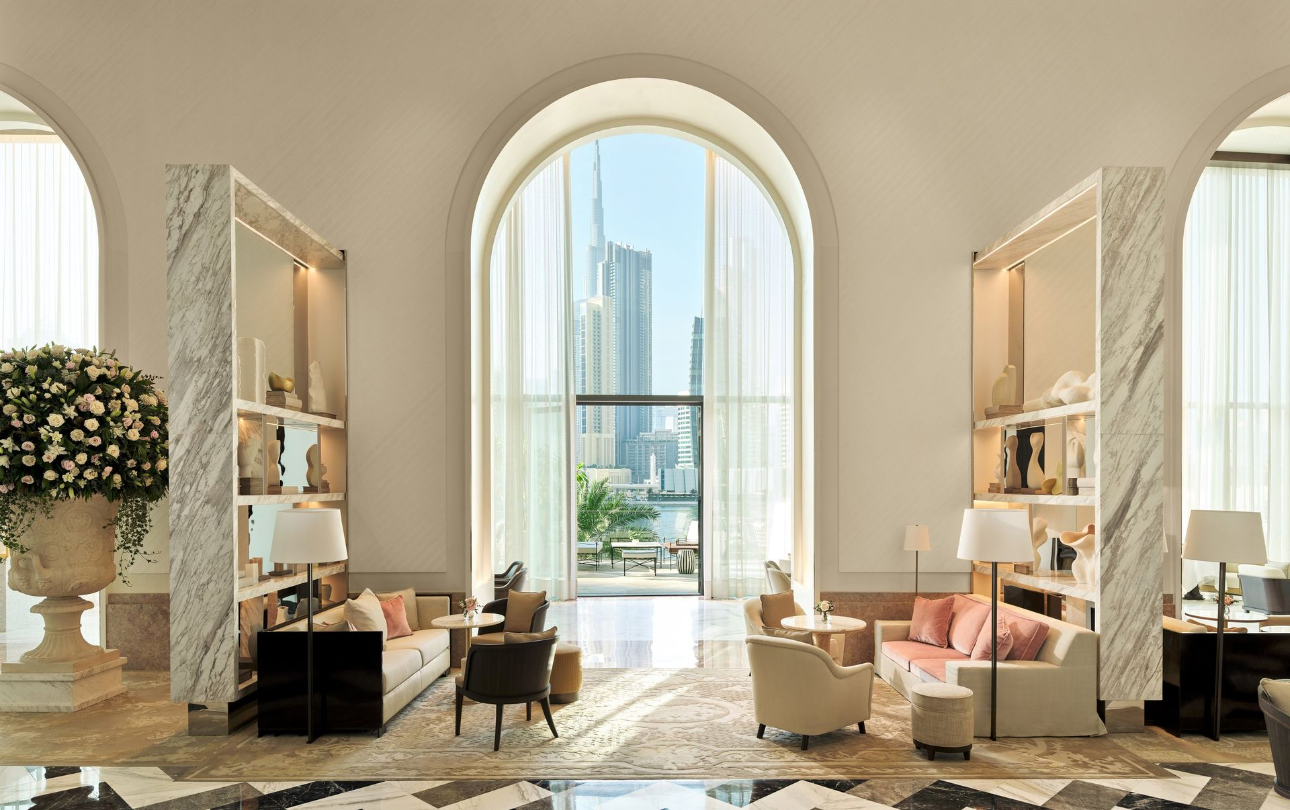
5. Invisible Technology, Operationally Essential
Hotels like The Lana, Dorchester Collection (Dubai) and Raffles Doha now prioritize infrastructure over interface— ensuring futureproofing for tech cycles as short as 3 years.
➤ Explore how we integrate BIM and smart building systems from shell to soft finishes.
Smart hospitality buildings in the GCC now include:
- Li-Fi and 5G backbone conduits
- KNX and DALI hybrid lighting systems
- Room control systems connected to PMS/CRM APIs
- Digital twin–ready MEP networks for predictive maintenance
These invisible frameworks must be seamlessly embedded without compromising design — and must remain serviceable over time.
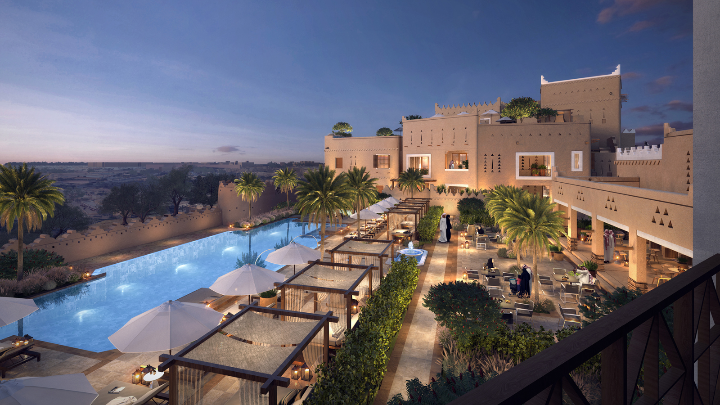
6. Designing for Multigenerational and Group Travel
The rise of extended families, destination weddings, and corporate retreats has changed spatial logic. Upcoming properties like Four Seasons Diriyah and Evermore South Dubai are adopting:
- Interconnected villa clusters
- Acoustic separation zones
- Shared wellness and recreation courtyards
- Hidden logistics corridors for food, linen, and maintenance
Contractors must ensure MEP consistency, acoustic performance, and luxury detailing across modular layouts — often under aggressive timelines and in remote desert settings.
7. Engineering Long-Term Hospitality Performance
In a competitive, experience-driven market, GCC hotels must be built not just to impress, but to endure. Flexibility, serviceability, and energy modeling are now integral to every stage of project planning — from shell and core to FF&E. Hospitality contractors today play a critical role not just in delivering design intent, but in enabling long-term operational value.
By aligning with operators, consultants, and asset managers, construction teams can embed smarter systems, reduce lifecycle costs, and futureproof buildings for the next generation of travelers — and technologies.
